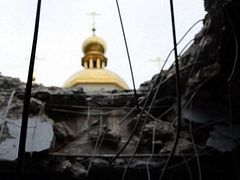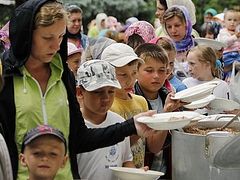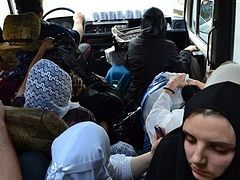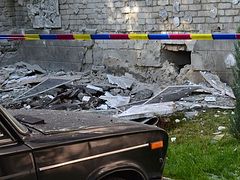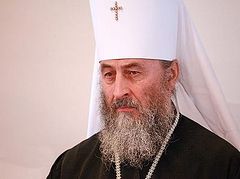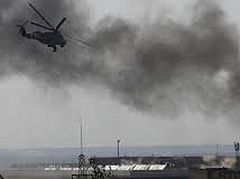July 21, 2014
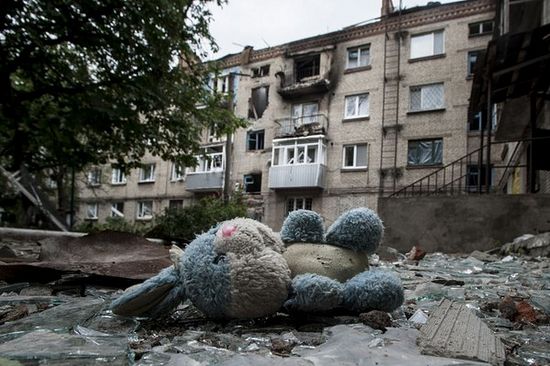
The head of the Ukrainian Orthodox Church Press Service, Vasily Anisimov, criticizes the Kiev authorities for military actions in Eastern Ukraine, reports Interfax.
"For example, I have a friend in Lugansk, who believed Donbass[1] should be with Ukraine. Today, he wonders: if Kiev mops up Lugansk, how will they live with us after it? Every family has some relatives, some friends killed, and no one is going to forgive the Kiev authorities for it," Anisimov said in his interview published on Monday by the Radonezh Community website.
"I also am amazed: President Poroshenko was brought up in Transnistria and he knows better than anyone else that bloodshed divided Moldavia more than any one person. Everyone has forgotten the presidents and politicians who provoked the bloody massacre, but no one can forget or forgive the murder of the people," he said.
According to Anisimov, there were many hopes when Poroshenko was elected president, "many people supposed that he would set up peace, unite the country, and lead it on the road to development."
"But the inertia of war, and the violence promoted by propaganda is great and there is still no will for peace and accord. I even have the impression that our authorities, in reality, are temporary. Blood is shed, there are dozens if not hundreds of thousands of refugees, and cities and villages are destroyed. Who will restore them?" he asks.
The spokesman believes it necessary to create an attractive, unifying image of the central power, "not using PR methods, but by concrete actions and steps."
"We have a traditional image of power -a paternal image. A leader should be like a father, he should care for everyone – both for the obedient and the negligent, and not destroy them with attack planes and GRAD[2] rockets. Then it will really be one country - one family,” he declared.
[1] “Donbass” = Donets Basin
[2] GRAD rockets. “Grad” = “hailstones” in Russian. The Grad system is a truck carrying 40 rockets that can be launched all at once (like ‘hail.’).

